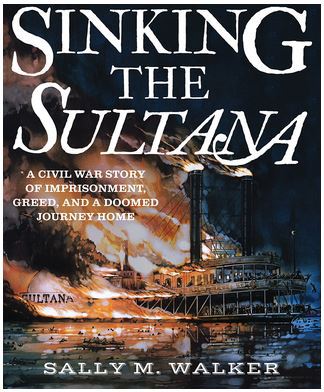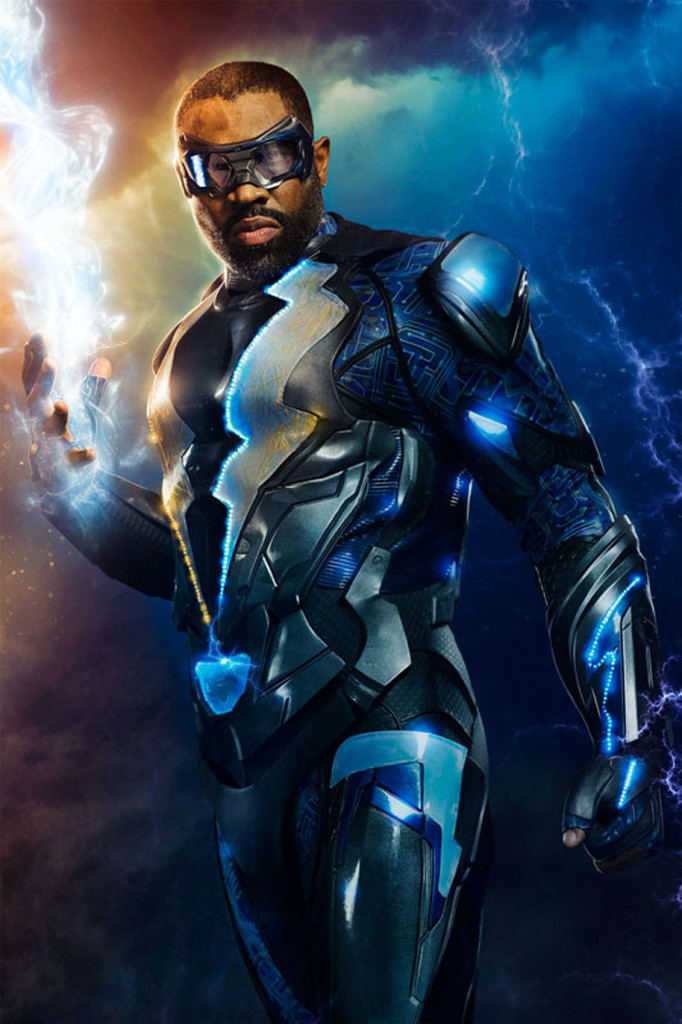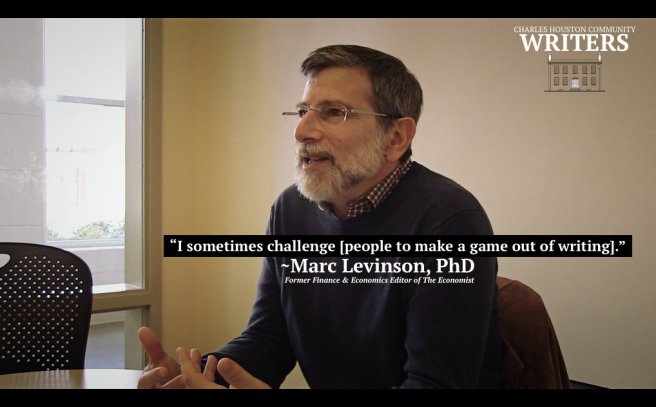In this post, I will reflect on the sketchbooks of cartoonists: Jeffrey Brown, Rutu Modan, Chris Ware, Charles Burns and David Mazzucchelli. Brown, Modan and Ware showcased pages from their sketchbooks in a feature for The Guardian newspaper in August 2013. Burns and Mazzucchelli showcased sketchbook material in Steven Heller’s Comics Sketchbook (2012).
I have always found sketchbooks difficult to maintain. I’ve started countless clean empty sketchbooks waiting to be filled with beautiful artwork. However, I fail to handle the expectancy of producing page after page of perfection. My preference is to work on loose paper; single pages are disposable, sketchbooks require discipline and commitment.
In this post, I will investigate the approaches and artwork cartoonists produce in their sketchbooks. My aim is to get a better understanding of their purpose in the cartoonists’ process.
Jeffrey BrownJeffrey Brown is an American cartoonist known for his Girlfriend trilogy of graphic novels. He specializes in personal and intimate subject matter that detail his relationships. Brown uses his sketchbooks to draw full completed graphic novels such as A Matter of Life (2012).
Speaking of his approach to creating A Matter of Life (2012), Brown tried not to be precious with his sketchbook, leaving it lying around for his son to colour in. Brown wanted the book to feel like a private diary that the reader is getting to peek at. In his sketchbooks, Brown tries to balance autobiographical work with amusing doodles to help keep the humour in his serious work. (Brown and Barnicoat, 2013)
 Fig.01: Jeffrey Brown drew his graphic novel A Matter of Life (2012) in his sketchbook. He wanted the book to feel like the reader is getting a sneak peek into a private diary.
Fig.01: Jeffrey Brown drew his graphic novel A Matter of Life (2012) in his sketchbook. He wanted the book to feel like the reader is getting a sneak peek into a private diary.
When Brown found that he was drawing less and less in his sketchbook, he challenged himself to do one page a day. This may be a useful challenge in discipline and practice to attempt.
Rutu Modan Rutu Modan is an Israeli cartoonist best known for her graphic novels, Exit Wounds (2007) and The Property (2013). Modan’s work focuses on the themes of social unease and human relationships. Her work is gestural, focusing on body language and facial expressions, rendered in a ‘clear line’ style. Fig.02: These sketches are of the lead character, Numi, from Rutu Modan’s graphic novel Exit Wounds (2007). Modan used the picture of the old man as a reference for the posture of her female lead, as she wanted her to be charming but awkward.
Fig.02: These sketches are of the lead character, Numi, from Rutu Modan’s graphic novel Exit Wounds (2007). Modan used the picture of the old man as a reference for the posture of her female lead, as she wanted her to be charming but awkward.
Speaking about her use of sketchbooks, Modan carries one everywhere. For her, they are an obsessive mechanism for concentration, like meditation. She uses them for everything; lists, preparatory studies and a visual diary documenting her daily life. (Modan and Barnicoat, 2013).
In her interview with The Guardian, Modan provided an interesting insight into the development of her practice. For her earlier projects, such as Exit Wounds (2007), she worked from photo reference.
During the preparatory phase of The Property (2013), she took this practice one step further and hired actors to perform each panel of the book. The acting took ten days to complete but drawing the novel took a further year. (ibid)
Chris Ware is an American comics artist best known for the Acme Novelty Library (1994 – ), Jimmy Corrigan, The Smartest Kid in the World (2000) and Building Stories (2012). Ware deals with themes of isolation, depression and emotional turmoil in his graphic novels. Such mature themes contrast with his art style of vivid colours and meticulous detail and design.
 Fig.03: Chris Ware’s preparatory sketches of the World’s Columbian Exposition. These are based on the original construction photographs he studied at the Chicago Public library.
Fig.03: Chris Ware’s preparatory sketches of the World’s Columbian Exposition. These are based on the original construction photographs he studied at the Chicago Public library.
Speaking with Becky Barnicoat at The Guardian, Ware spoke of the personal importance of his sketchbooks. He maintains a comic strip diary for his daughter Clara, which is more than 800 pages long. He will not publish content from the diary for fear of hurting his family and friends. (Ware and Barnicoat, 2013)
Ware started keeping a sketchbook proper in 1986 as a painting and sculpture student. However, it wasn’t until a few of years later that he started to enjoy maintaining one. Firstly, he started to draw and empathize with a semi-autobiographical character, a nervous anxiety riddled potato. Secondly, he found the published sketchbooks of Robert Crumb, a life-changing event for the then art student. (Ibid)
Charles BurnsIn a previous post, I’ve investigated American cartoonist Charles Burns and his graphic novel Black Hole (2005) – Black Hole – A visual analysis of the opening vision
 Fig.04: In his sketchbooks, Charles Burns would copy artists he admired, such as Johnny Craig, in an attempt to learn from the masters.
Fig.04: In his sketchbooks, Charles Burns would copy artists he admired, such as Johnny Craig, in an attempt to learn from the masters.
Burns’ sketchbooks are used mostly for writing and occasional preparatory drawings that refer to projects he is working on. He produces pencil sketches and inked artwork of grotesque monsters and retro styled femme fatale portraits. It is evident from his sketchbook process that Burns’ produces underdrawings in blue or red before committing to inks.
The sketchbook page above is particularly relevant to my visual analysis of Black Hole. Speaking to Steven Heller, Burns reflected on these sketches –
David MazzucchelliThe naked girl with skin disease [P. 46] is from when I was working through ideas of a ‘teen plague’ – I ‘stole’ the pose from a Spiderman comic… all your favorite teen characters are hiding a dark, dark secret. I also simply copied one of Johnny Craig’s amazing women from one of his EC comics [P. 47]. Once again, I was copying artists that I admire, trying to learn from the masters. (Burns and Heller, 2012, P.45)
David Mazzucchelli is an American comic artist best known for his superhero comics, Batman: Year One (1987) and graphic novel, Asterios Polyp (2009).
Speaking of his approach to sketchbooks with Steven Heller, Mazzucchelli preference is to work on loose sheets rather than in books. At the early stage of projects, he produces stacks of sketches that may not seem relevant to the work at hand. His approach is to think on paper and work in abstraction that may not be evident in the final project. Often these sketches are attempts to visualize a vague idea, composition or arrangement. (Mazzucchelli and Heller, 2012)
 Fig.05: Sketches by David Mazzucchelli for his 2009 graphic novel Asterios Polyp. These sketches showcase Mazzucchelli process of loosening up and working out ideas for a specific chapter of the novel. It’s interesting to see his experiments with typography in his sketches.
Conclusion
Fig.05: Sketches by David Mazzucchelli for his 2009 graphic novel Asterios Polyp. These sketches showcase Mazzucchelli process of loosening up and working out ideas for a specific chapter of the novel. It’s interesting to see his experiments with typography in his sketches.
Conclusion
The role of the sketchbook for the cartoonist is varied. For Brown, it is the final artifact; the sketchbook is the graphic novel and its treatment contributes to the value of the work.
For Rutu, it is a daily companion; a visual diary, a notebook and a form of meditation. Ware’s sketchbooks are deeply personal. Some are purely for family members, others are preparatory for larger projects. Some are purely for escapism.
Charles Burns notebooks are primarily for writing with occasional sketches of referenced copies and tests for specific projects.
The closest to my own process is Mazzucchelli. His use of loose sheets and process of producing reams of supporting work for specific projects would be akin to my own working method on projects. This is due to working digitally for most of my professional career. The concept of a sketchbook is foreign and not direct or efficient enough for the fast-paced turnarounds on such projects.
The idea of a sketchbook as a visual diary is appealing but I think it is natural for some to document their thoughts or less so for others. However, my return to traditional media might be the spark to incorporate a middle ground from the above cartoonists’ methods. A sketchbook can be a treasure trove of ideas and concepts otherwise lost to daydreams and forgetfulness.
Figures
Brown, J. (2013). jeffrey-brown-sketchbooks-in-pictures. [image] Available at: https://www.theguardian.com/books/gallery/2013/aug/16/jeffrey-brown-sketchbooks-in-pictures#img-2 [Accessed 7 Dec. 2017].
Modan, R. (2013). rutu-modan-sketchbooks-in-pictures. [image] Available at: https://www.theguardian.com/books/gallery/2013/aug/16/rutu-modan-sketchbooks-in-pictures#img-3 [Accessed 7 Dec. 2017].
Ware, C. (2013). chris-ware-sketchbooks-in-pictures. [image] Available at: https://www.theguardian.com/books/gallery/2013/aug/16/chris-ware-sketchbooks-in-pictures#img-4 [Accessed 7 Dec. 2017].
Heller, S. (2012). Comics sketchbooks. New York: Thames & Hudson, pp.46-47.
Heller, S. (2012). Comics sketchbooks. New York: Thames & Hudson, pp.211.
References
Brown, J. and Barnicoat, B. (2013). Jeffrey Brown: a look inside the cartoonist’s sketchbook – in pictures. The Guardian. [online] Available at: https://www.theguardian.com/books/gallery/2013/aug/16/jeffrey-brown-sketchbooks-in-pictures [Accessed 7 Dec. 2017].
En.wikipedia.org. (2017). Jeffrey Brown (cartoonist). [online] Available at: https://en.wikipedia.org/wiki/Jeffrey_Brown_(cartoonist) [Accessed 7 Dec. 2017].
Modan, R. and Barnicoat, B. (2013). Rutu Modan: a look inside the cartoonist’s sketchbook – in pictures. The Guardian. [online] Available at: https://www.theguardian.com/books/gallery/2013/aug/16/rutu-modan-sketchbooks-in-pictures [Accessed 7 Dec. 2017].
En.wikipedia.org. (2017). Rutu Modan. [online] Available at: https://en.wikipedia.org/wiki/Rutu_Modan [Accessed 7 Dec. 2017].
Ware, C. and Barnicoat, B. (2013). Chris Ware: a look inside the cartoonist’s sketchbook – in pictures. The Guardian. [online] Available at: https://www.theguardian.com/books/gallery/2013/aug/16/chris-ware-sketchbooks-in-pictures [Accessed 7 Dec. 2017].
En.wikipedia.org. (2017). Chris Ware. [online] Available at: https://en.wikipedia.org/wiki/Chris_Ware [Accessed 7 Dec. 2017].
Heller, S. (2012). Comics sketchbooks. New York: Thames & Hudson, pp.44-49, 210-215.
En.wikipedia.org. (2017). David Mazzucchelli. [online] Available at: https://en.wikipedia.org/wiki/David_Mazzucchelli [Accessed 7 Dec. 2017].
Advertisements Share this:





